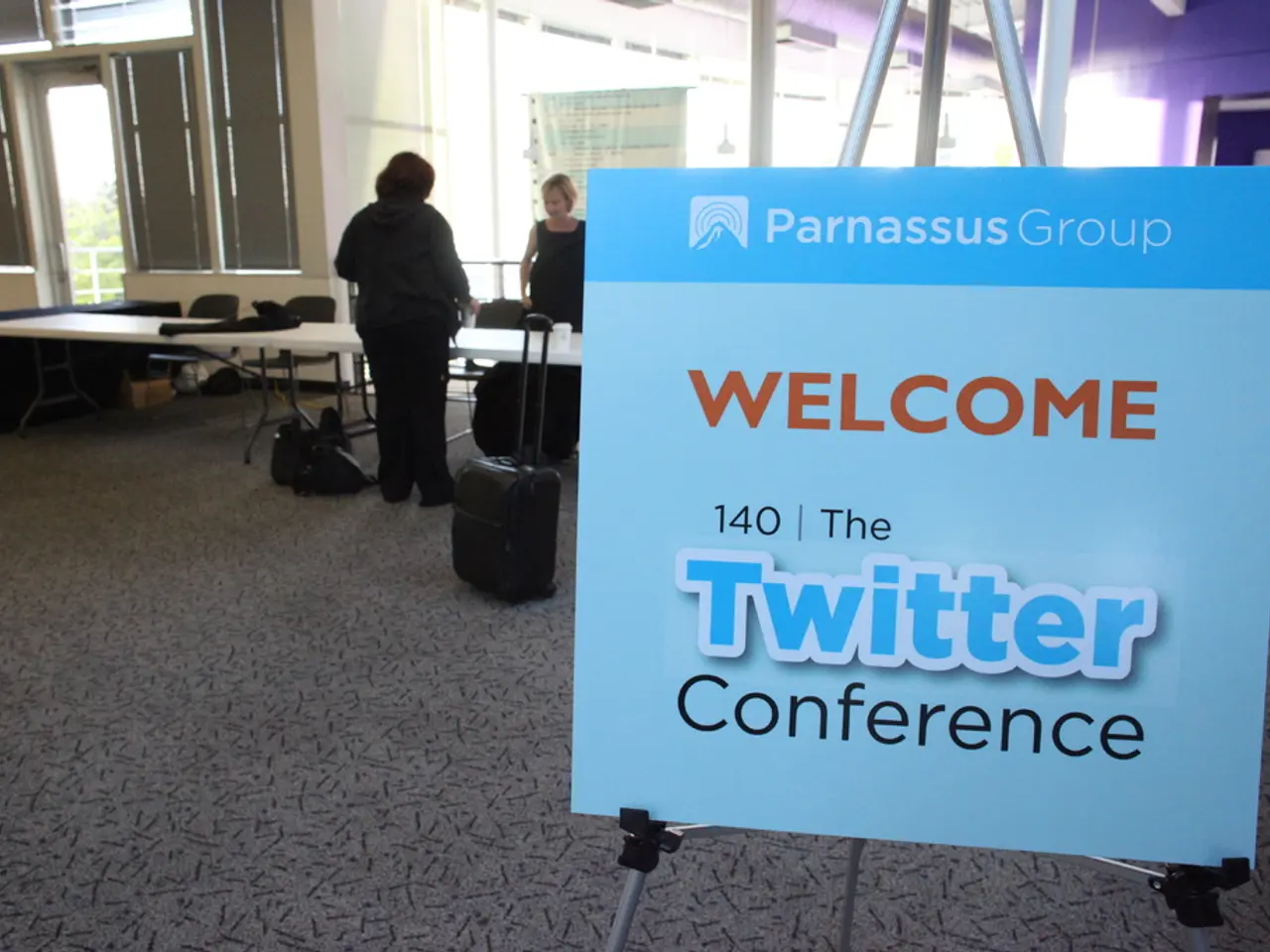Utilization of Social Media by Leading Payment Providers
In a world where values and employee culture are increasingly important to consumers, social media has become a powerful tool for payment companies to showcase their commitment to social issues such as diversity and climate change. A new report, The Cross-Border Payments 100 2023, published by our platform today, analyses the social media usage of the top 100 payment companies.
The report reveals that the six companies examined in the study - Amazon, Flywire, Deutsche Bank, Flutterwave, MoneyGram, American Express - posted the most frequently on Twitter, followed by LinkedIn, Instagram, Facebook, YouTube, and TikTok over a month-long period. However, the usage of TikTok among top payment companies for their social media marketing strategies is relatively low.
Why is TikTok Underutilized by Top Payment Companies?
The mismatch between TikTok’s content style and audience expectations and the serious financial messaging of payment companies is a significant factor. TikTok excels with short, viral, and influencer-driven content that blends entertainment and education, while payment companies often rely on trust, brand authority, and regulatory compliance.
Moreover, TikTok's average conversion rates are significantly lower compared to platforms like Meta and Google. Payment companies usually aim for high-intent conversions (sign-ups, transactions), where platforms like Google offer stronger performance.
TikTok's user base skews younger (60% Gen Z), and while this is a valuable demographic for fintech and payment innovations, many top payment firms target broader or older demographics who may not be as active or engaged on TikTok.
Brand safety and regulatory constraints also pose challenges. Financial services are heavily regulated, and marketing efforts must comply with strict guidelines about transparency, disclosures, and avoiding misleading claims. TikTok’s influencer-driven, often spontaneous content style may pose compliance risks or difficulties in controlling brand messaging tightly.
Finally, top payment companies typically favor platforms that offer granular targeting, retargeting, and high ROI for conversion-based campaigns. TikTok is best suited for brand awareness and discovery rather than direct response, which may limit its appeal for firms focused on customer acquisition and direct payments.
The Future of TikTok for Payment Companies
Despite these challenges, TikTok represents an important emerging channel, especially for engaging younger consumers and promoting financial education. The uncertain future of TikTok in the US due to privacy and security concerns is a potential reason for the underutilization of the platform by top payment companies. However, opportunities exist for companies to expand their presence on TikTok, particularly for those looking to engage with younger consumers.
The report suggests that less than half of the money transfer companies on the list have a verified account on TikTok, and B2B-focused companies and payment processors are barely present on the platform. This presents a significant opportunity for these companies to establish a presence and engage with their target audience on TikTok.
In conclusion, while TikTok may not be the primary platform for top payment companies' social media strategies at present, its potential for reaching younger consumers and promoting financial education cannot be overlooked. As the platform continues to evolve and address regulatory concerns, we can expect to see more payment companies adapting their strategies to include TikTok.
[1] S. Ingham, Head of Content and Editor-in-Chief at our platform, made a statement regarding the report. [2] The importance of companies' social media in showcasing their values and employee culture is increasing as conscious consumerism continues to grow. [3] Instagram is used for event posts, infographics, celebrity partnerships, interactive content, and showcasing customer use cases. [4] YouTube is used for deeper dives on products and services, as well as use cases for businesses and customers. LinkedIn is primarily used by banks, fintechs, and other payment companies for reporting news, announcements, and linking to other forms of content marketing. Facebook is used for a mix of personal and professional content, while the companies tended to have more consistency posting on LinkedIn and Twitter, while the number of posts on Facebook and YouTube varied more.
- Given the significance of reaching younger consumers and promoting financial education, the underutilization of TikTok by top payment companies may be temporary as the platform evolves and addresses regulatory concerns.
- The report highlights a discrepancy between TikTok's user base, which skews younger, and the older demographics often targeted by top payment firms, suggesting a potential opportunity for these companies to adapt their social media strategies to include TikTok.




